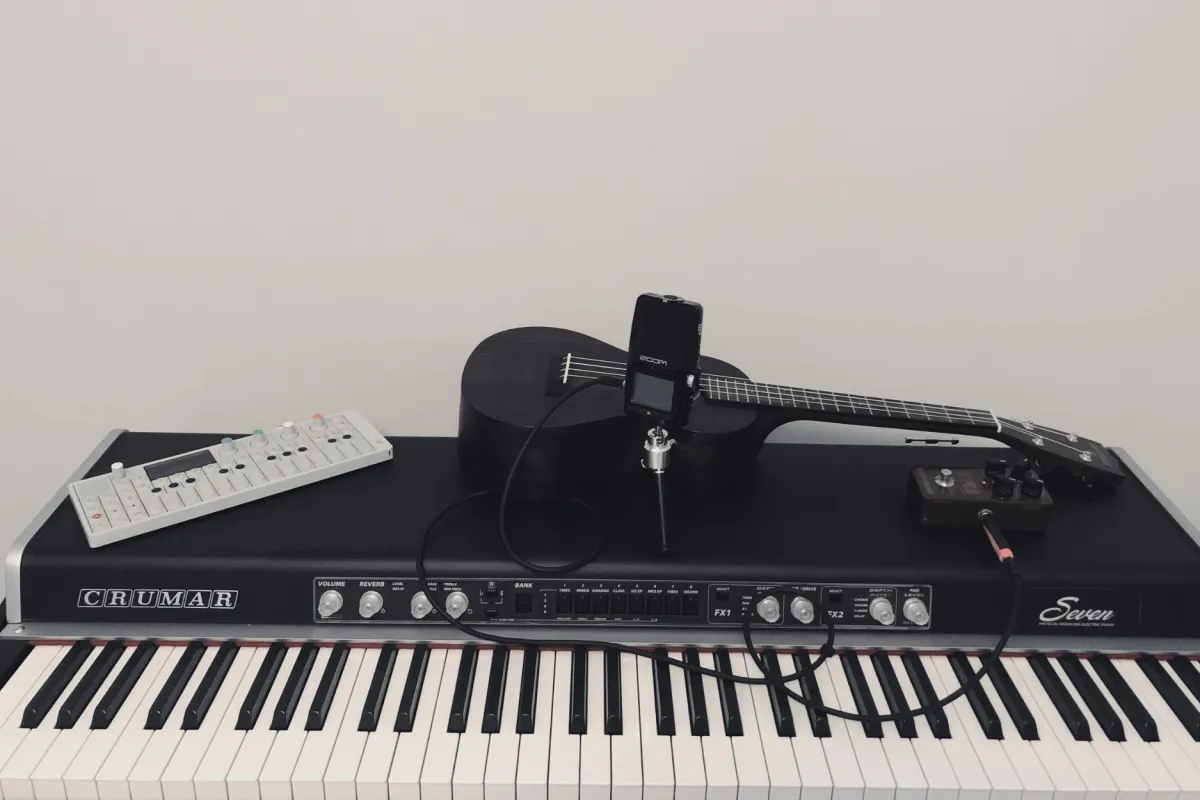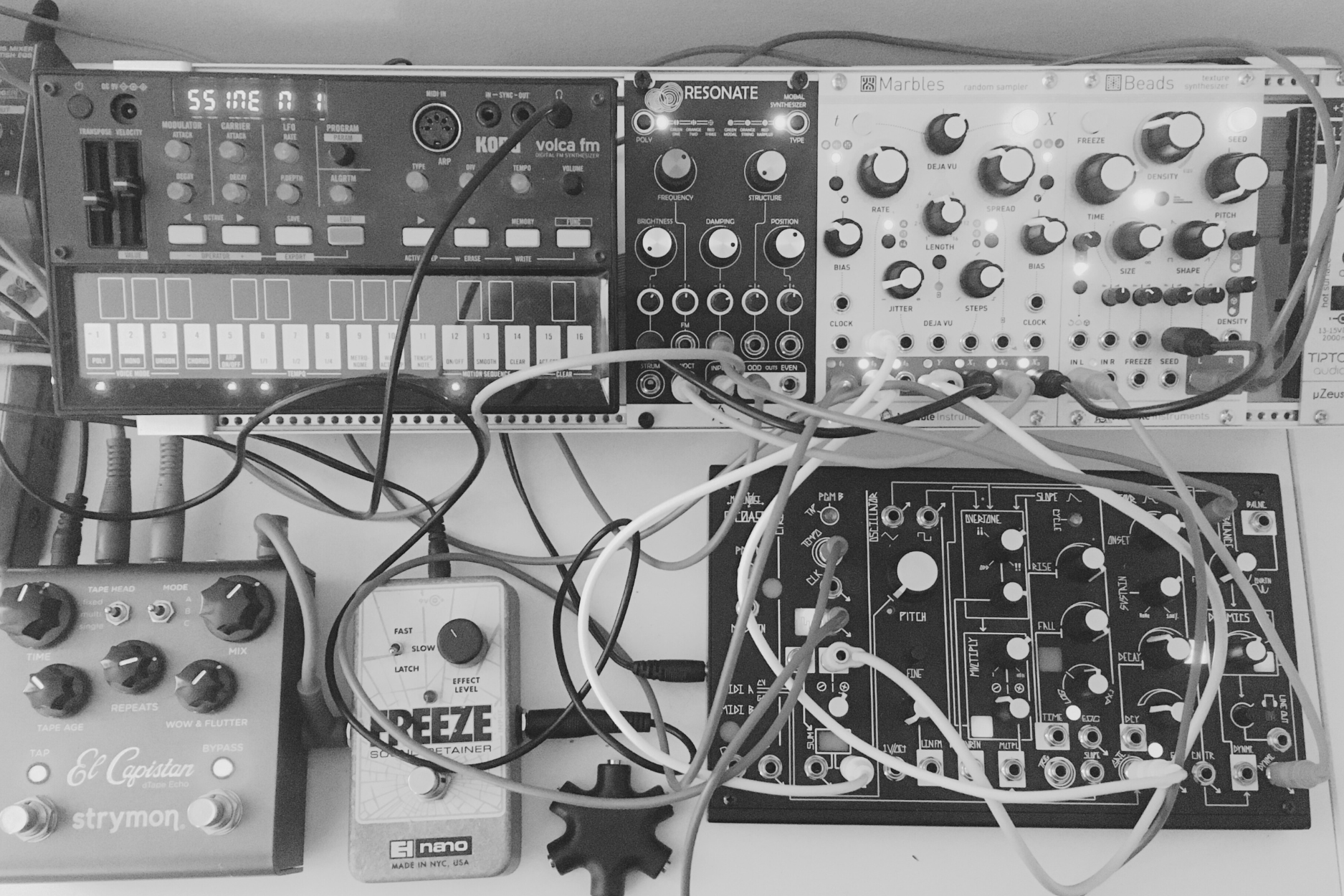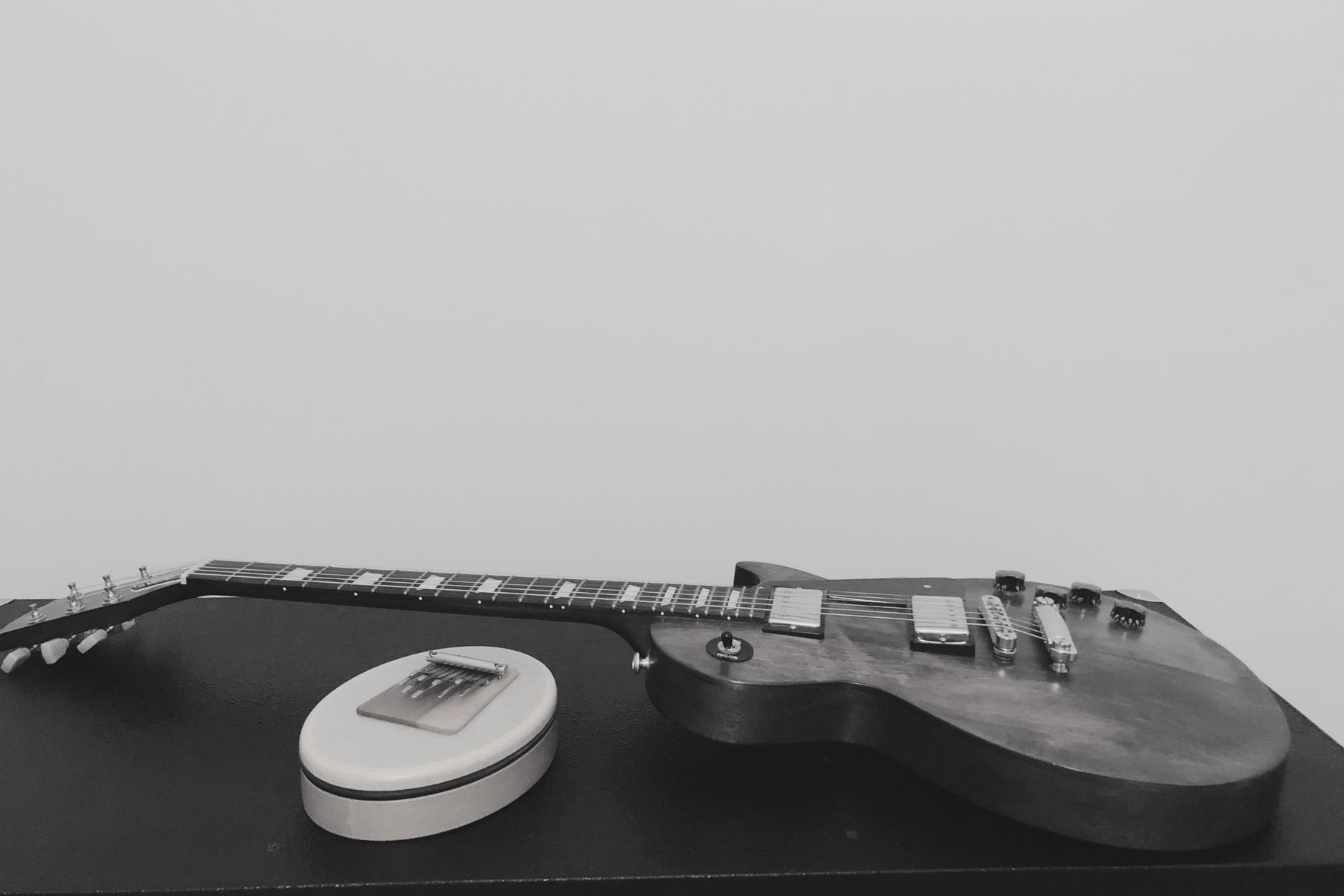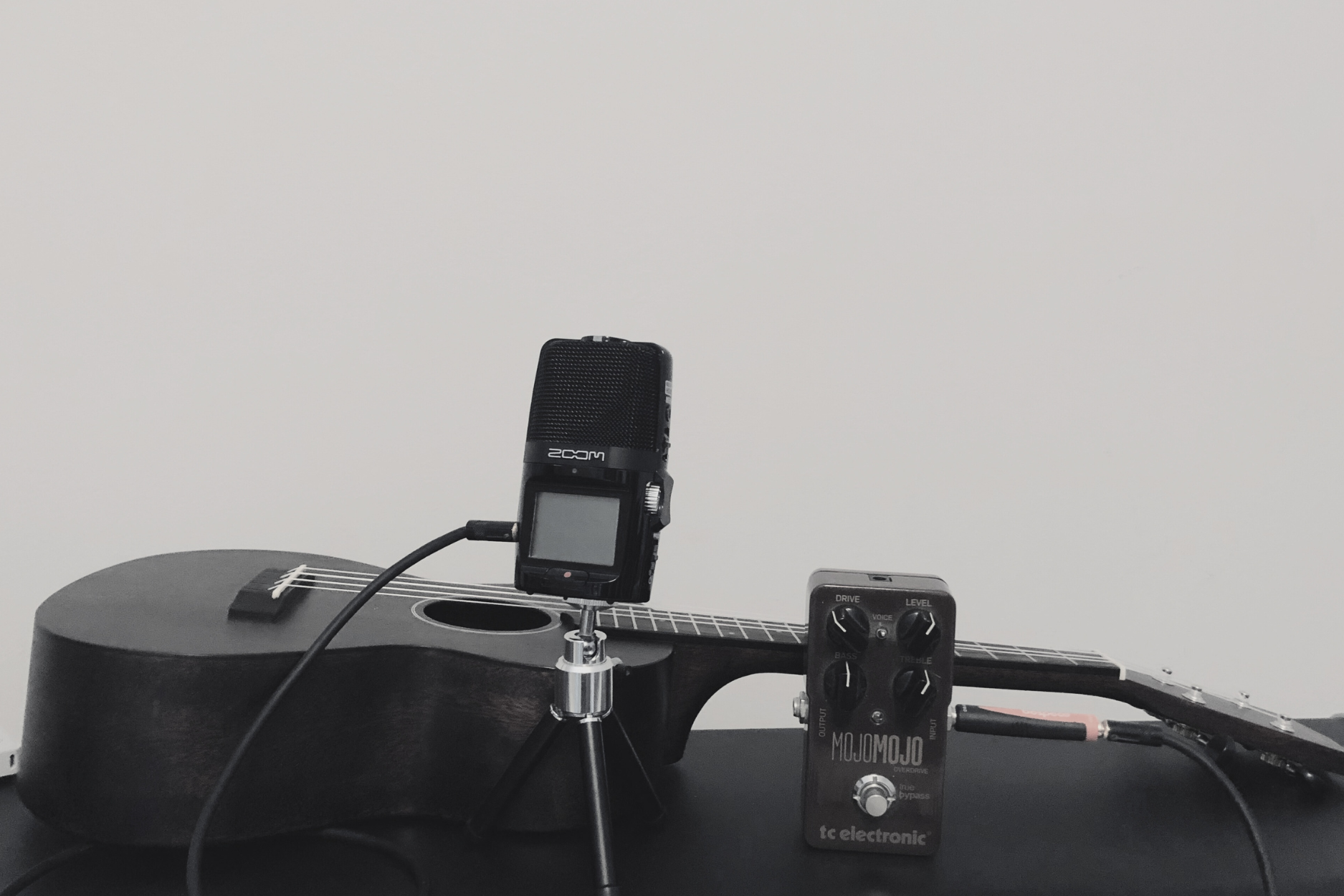Whitelabrecs Blog

Behind the Scenes With: Xu and Francis Gri
Studio and process walk through with Xu and Francis Gri
We recently released 'Valley Of Languages' by Italy based artists Xu and Francis. We asked them both to send some photos of their respective studio set-ups, and then followed with some questions. Below you can see these photos alongside Nicola (Xu) and Francis' responses to these:

HT: That's quite a chain of hardware Nicola! Could you tell us what's in your set-up here?
NF: "The first part consists of a small Eurorack modular setup made up of three Mutable Instruments modules (Marbles, Beads, and Rings) and the Make Noise 0-Coast. The second chain, also very simple, consists of the Volca FM and a couple of guitar pedals (Ehx Freeze and Strymon El Capistan, alternatively used as a delay or as a Sound on Sound Looper). The heart of the patch is Marbles, which generates melodic phrases or is used as a modulator. In some cases, the melodies are originated from a MIDI keyboard that controls the Volca FM and/or is sampled by Marbles and provides sequences for Rings, the 0-Coast, or Beads, occasionally used as a wavetable synth. Many of the drones are generated by Rings. To avoid the classic cliché sound of this module, I used filtered noise from a Minibrute in the audio input and passed it through the ADSR / low pass gate of the 0-Coast to have less attack and be able to modulate the decay. So, in practice, I used four different audio sources (Volca FM, Rings, Beads and 0-Coast) or used some of the modules as sound processors. The patches used on the Volca FM are variations of the same base patch with only a sine wave playing with very slow attack."
HT: How did the process work - did it start with the same person each time, or did you mix it up in terms of who would take the lead?
FG: "From the beginning, we decided to compose six tracks and each of us was responsible for recording the initial parts of three pieces. Then we exchanged parts and added what we felt was needed. We did a subtraction work, and this made the album develop quite quickly."
NF: "That's how it went actually... if I remember correctly, the first three tracks of the album were started by Francis, the others by me. In both cases, various stems were sent back and forth, enriched by each other, and then mixed and mastered excellently by Francis."

HT: Collaborations are often about the use of the sonic space and how you each occupy it. Did you find for some pieces that one of you were less involved, or was it always a fairly equal blend of each of your sounds?
FG: "We can say that we all liked the tracks we exchanged, so it was enjoyable to work on them. The work was very balanced and quite inspiring. It was nice to see how two rather different styles merged so spontaneously."
NF: "I think it is normal in a collaboration to sometimes take a back seat or move to the forefront in the sonic spectrum. I agree with Francis that every choice was made very naturally. This is certainly due to the fact that he is able to create a very meaningful scenario with just a few sounds or alternatively to complete a structure with exactly what was missing!"

HT: There's a real acoustic feel to the equipment you used Francis. That looks like a Sansula if I'm not mistaken... How did the OP-1 and the pedal impact the sound of your instruments?
FG: "For this album, I worked as I usually do, mixing acoustic and electronic parts. Specifically, I played the ukulele and the sansula as acoustic instruments. Additionally, there are parts with electric piano, electric guitar, and ebow. For the electronic parts, I relied on my indispensable OP-1."

HT: There's a nice use of distortion and a little weight in this album through some light noise. How was this sound achieved?
FG: "As for my process, it is very basic. I use a distortion pedal, which I then modulate depending on the instrument and the amount of gain I want to apply. Some other parts were then tweaked during the mixing phase to give a more intriguing effect to the final sound."
NF: "Many of the distorted sounds I employed are due to the Rings module as a processor through Beads in scorched cassette mode."

HT: Finally, a non sound related question...the cover artwork was taken by you Francis - where in Italy was this landscape photo captured?
FG: "The album cover is the place where I recorded most of my parts. It is the Piacenza valleys, specifically in the small but beautiful village of Bobbio. Coincidentally, Nicola is also very familiar with that place, and because of this mix of coincidences, we decided to dedicate the cover and title of the album to that valley."
NF: "Absolutely true. My wife is from Piacenza, so I've been visiting Piacenza valleys for over twenty years for various reasons, the main one undoubtedly being trekking. We had planned to meet up to swim together in the Trebbia river last summer with both our families, but we didn't manage to. Surely this summer!"
'Valley Of Languages' is available now in a highly limited run of 100 gatefold vinyl-effect CDrs and in various high-quality digital formats. You can order your physical copy (whilst stocks last) or a digital version now by clicking HERE!
join the community...
get a free 12 track compilation album
be the first to hear the label news
get behind the scenes exclusives
a chance to get involved



